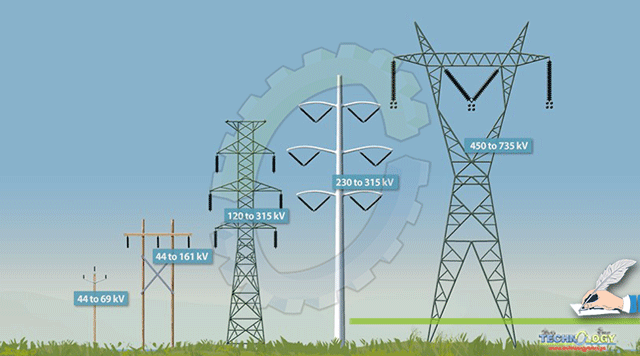Despite quite a few benefits that humans enjoy, technology has a dark side also. Machines that provide us with comfort, in one or the other way add nothing but lethal stuff which will be considered a curse, if environmentally friendly smart devices are not marketed.

By Prof Dr Abdullah G Arijo
Be it air-conditioner, deep freezer, and a fridge, all produce Chlorine-Florine-Carbon (CFC) which are responsible for the depletion of Ozone layer ultimately increasing the global warming.
Radiation of all sorts (ionizing, electromagnetic or ultra-violate) on one hand may be the cause of genetic mutations and are a major source of ailments in humans, animals, and plants on the other side.
The debate by Ray Copes (2008) on whether there are adverse effects associated with electromagnetic fields from living close to high-voltage power lines has raged for years. While research indicates that large risks are not present, the possibility of a relatively small risk cannot be conclusively excluded.
Electromagnetic fields (EMFs) are produced by electrical appliances, electrical wiring, and power lines, and everyone is exposed to them at some level. Numerous studies have investigated EMF exposure and health. Although earlier studies did suggest associations between exposure and a variety of health effects including brain cancer, breast cancer, cardiovascular disease, and reproductive and developmental disorders, most of these associations have not been substantiated by more recent research. One notable exception to this is the association with childhood leukaemia, which the International Agency for Research on Cancer regards as sufficiently well established to rate extremely low-frequency magnetic fields as a “possible” human carcinogen.
The first study to link childhood leukaemia with residential EMF exposure was published in 1979 and since then, several studies have found weak associations to support this original finding. Studies investigating childhood leukaemia as a health outcome of EMF exposure have used measured and calculated magnetic fields, as well as the distance of homes to power lines, as an exposure measure. Studies using magnetic field strength as an exposure measure have found that exposures greater than the range of 0.3 to 0.4 µT lead to a doubling risk of leukaemia, with very little risk below this level. This exposure range is approximately equal to 60 m within a high-voltage power line of 500 kV.
However, a more recent study showed an elevated risk of leukaemia among children living in homes with distances much greater than 60 m from high voltage power lines. This study involved close to 30000 matched case-control pairs of children living in the United Kingdom. It was found that children living in homes as far as 600 m from power lines had an elevated risk of leukaemia. An increased risk of 69% for leukaemia was found for children living within 200 m of power lines while an increased risk of 23% was found for children living within 200 to 600 m of the lines (Ray Copes, 2008). This study was notable in that it found some elevation of risk at much greater distances than previous studies.
Although the distance of homes from power lines can be considered a crude measure of exposure, the results of this study do merit attention. A limited understanding exists of how exposure to EMF can affect health. The underlying biological mechanism is unknown, making it difficult to determine which measure of EMF is most appropriate when evaluating health outcomes. The use of residential proximity may be a reasonable surrogate for direct measurements of EMF but may also reflect other factors that are related to proximity to high voltage lines.
If the association found in the UK study does reflect a causal relationship, what are the potential impacts on Blood cancer? Using current BLOOD CANCER leukaemia rates 2008. www.blood cancer.ca) and assuming similar proportions of the population live near high voltage lines, on a statistical basis, there may be one additional leukaemia in blood cancer every 2 years. To eliminate this risk, one would need to achieve a separation distance of 600 m between every high voltage power line and the nearest residence. While this could be done, it would require substantial changes to existing land use patterns and would require significant resources. While it can be argued that this action is consistent with some forms of the precautionary principle, based on the best available evidence, one can achieve much greater risk reduction or health benefits if resources are directed to other larger, better-established risks. Studies reveal that populations living near high voltage lines are more likely to develop leukaemia a high-risk blood disorder.
Health Risks of Electrical Fields
Despite ample public discourse about the health risks of electrical and magnetic fields, little to no conclusive evidence exists that these are harmful in quantities resulting from exposures to everyday sources, including properly installed high-tension wires in residential and commercial environments.
In electric fields that are many powers of ten stronger than those that usually exist beneath run-of-the-mill power lines, people who touch a large metal object, such as a bus, might experience a transient shock. Otherwise, no health effects have been reported. The same is true of magnetic fields, although some studies have identified small changes in cellular calcium levels, hormone production and cell growth (Kevin Berk, 2018)
|
Staying under high tension wires is nothing but dangerous |